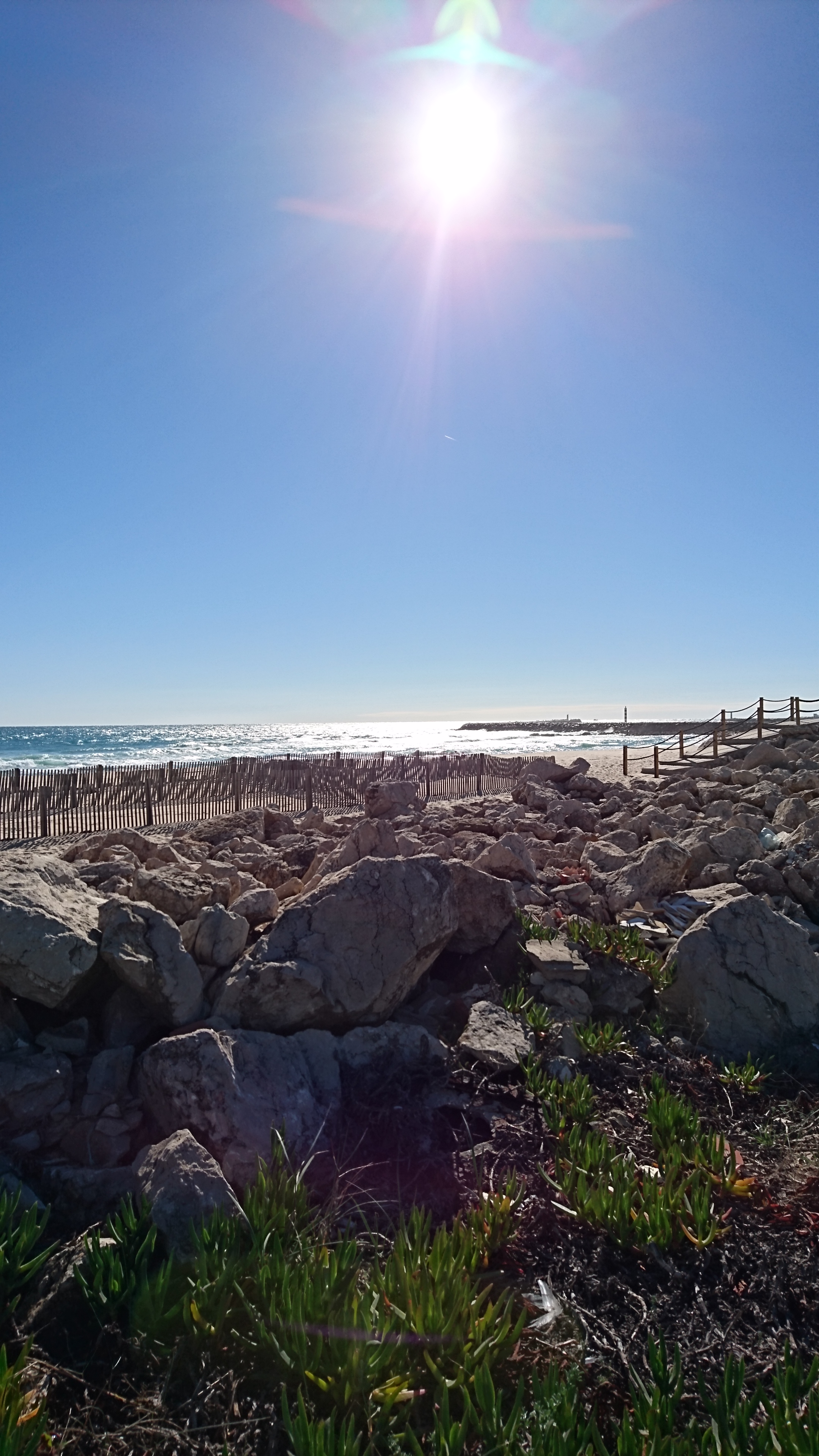3 weeks ago I was in Olhaõ, Portugal to talk about my work on an international level. Aside from being a great trip in a beautiful setting, it gave me a chance to discuss my research with people whom I wouldn't have otherwise met and to form ideas of which I never would have thought.

Once I got home and settled back into the cold weather here in Sussex, I began to think about the wider context of my trip. What did it represent beyond the benefits to me personally? The conference was organised and funded by eCOST. This organisation is summarised on their website.
"COST is a unique means for European researchers, engineers and scholars to jointly develop their own ideas and new initiatives across all fields of science and technology through trans-European networking of nationally funded research activities."
Some key words that I identified in this simple sentence are highlighted. eCOST stands for European Cooperation in Science and Technology. All of the language associated with it is focused on togetherness, inclusiveness and cooperation. Something that certainly resonates with me considering the year that we've just had. (Of course it's not all doom and gloom, check out some of the great discoveries in physics and astronomy here on GlamBlog).
Science transcends borders and barriers. In chemistry alone, nearly 30 countries have been represented by Nobel Prize winners. Many of the laureates having more than one nationality. Working together above and beyond borders is the only way to drive progress in our fields. When I sat down to write this month's entry it wasn't difficult to think of some examples of international collaborations that bring science forward.
The starting point of my career in astrochemistry was during my year abroad at L'Université de Bordeaux, something I was only able to do because of the EU scheme Erasmus. A friend of mine (whom I only know thanks to my year abroad) is currently doing her PhD at Kings College London, in her group a recent study was published as a result of UK-Bangladesh-Sweden-US collaboration. The latest publication from my group was written by a Dane working in Scotland. These are just the examples from my own experience. With almost no digging, I could find more examples. Take the tweet below from the University of Colorado Denver associate prof. Scott Reed.
Submitting revisions on a paper with Libyan 1st author. Hoping #sciencetrumpshate #RealTimeChem
— Scott Reed (@ReadScottReed) January 30, 2017
More widely, between 2002 and 2008, of all the neuroscience papers published in Iran with international collaborators, the highest proportion of these were with US academics (the study can be found here). Not being able to travel to visit your collaborators doesn't bode well for future research.
Without international opportunities, the widely used technique of shear force microscopy may never have come about. One of it's developers, Mehdi Vaez-Iravani, is an Iranian who was working in the US.
It's impossible to predict the future, especially today, but I truly believe that the direction in which the world is heading is not good news for science. I hope I'm wrong. For my part, I'll continue to work hard, do the right thing and remember why science captivated me in the first place: I get to ask "why?".
Special thanks to those who helped with and contributed to this post, they are credited in the text where possible. If I have missed you, let me know!
If you’re interested in hearing about my work, you can follow me on Twitter @StubbingScience and the work of GlamSci can be found @GlamSci.


